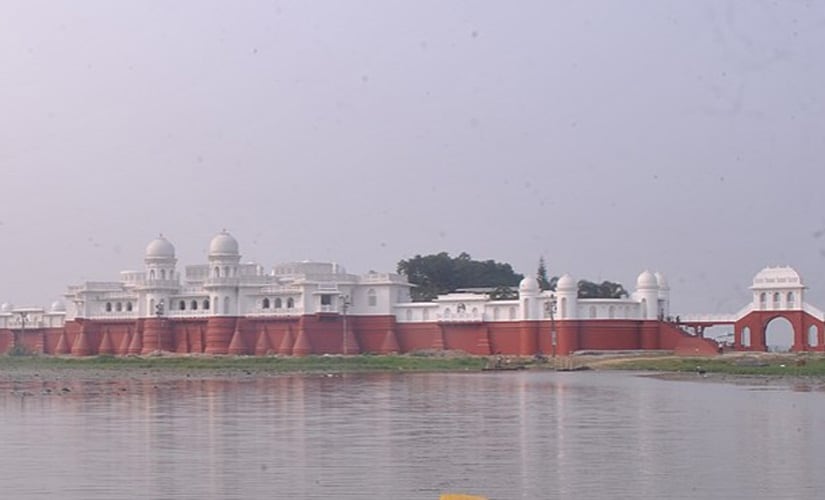The northeastern state of Tripura goes to polls in two phases. Tripura West will be voting on 11 April while Tripura East will go to polls on 18 April. Historically, a CPM bastion, Tripura created electoral history in March 2018 by electing its first BJP-led government with a two-thirds majority. Economic stagnation and development issues, especially unemployment among the youth, remain a perennial concern in Tripura. The rights of the indigenous population, long overshadowed by the Bengali population, is also an ongoing issue in the state. The recent tension over the Citizenship Amendment Bill in the North East is also likely to loom large in the run-up to the Lok Sabha elections. Long affected by its less than favourable geography, as it surrounded by Bangladesh on three sides, Tripura is now a key state in India’s Act East policy towards the ASEAN. Here is a look at the constituencies in the Biplab Deb-led state: Tripura West Lok Sabha Constituency Total electors: 12,48,550 (2014 estimates) Male electors: 6,35,976 Female electors: 6,12,574 Assembly Constituencies: Simna (ST), Mohanpur, Bamutia (SC), Barjala, Khayerpur, Agartala, Ramnagar, Town Bordowali, Banamalipur, Majlishpur, Mandaibazar (ST), Takarjala (ST), Pratapgarh (SC), Badharghat, Kamalasagar, Bishalgarh, Golaghati (ST), Charilam (ST), Boxanagar, Nalchar (SC), Sonamura, Dhanpur, Bagma (ST), Salgarh (SC), Radhakishorepur, Matarbari, Kakraban, Rajnagar (SC), Belonia, Santirbazar (ST) Reserved: No Delimitation: No Results in last four elections: A CPM stronghold since 1996, Samar Chowdhury of the party won the seat in 1999. In the 2002 bypoll due to his death, Khagen Das won the seat. He retained the seat till 2014 when Sankar Prasad Dutta registered a victory in this constituency. Demographics: This constituency, which also includes the state capital Agartala, is a mix of rural and urban segments, according to a report in the Economic Times. Sharing an international border with Bangladesh, this constituency is dominated by the Bengali community. Tripura East Lok Sabha Constituency Total electors: 11,40,269 (2014 estimates) [caption id=“attachment_6303291” align=“alignnone” width=“825”]  The rights of indigenous population, long overshadowed by the Bengali population, is also an ongoing issue in the state. Image courtesy Sanjibroy56/Wikimedia Commons[/caption] Male electors: 5,81,599 Female electors: 5,58,670 Assembly Constituencies: Ramchandraghat (ST), Khowai, Asharambari (ST), Pramodnagar (ST), Kalayanpur, Krishnapur (ST), Teliamura, Hrishyamukh, Jolaibari (ST), Manu (ST), Sabroom, Ampinagar (ST), Birganj,Raima Valley (ST), Kamalpur, Surma (SC), Salema (ST), Kulai (ST), Chhawmanu (ST), Pabiachhara (SC), Fatikroy, Chandipur, Kailashahar, Kurti, Kadamtala, Dharmanagar, Jubarajnagar, Pencharthal (ST), Pani Sagar, Kanchanpur (ST) Reserved: Yes. For Scheduled Tribes Delimitation: No Results in last four elections: Yet another CPM stronghold, Baju Ban Riyan held the seat between 1996 and 2014 before making way for Jitendra Choudhary. Demographics: The Tripura East Lok Sabha constituency is tribal-dominated, with the IPFT playing a major role in influencing the electoral fortunes of the candidates. It is to be noted that the indigenous tribal population of the state, the Tripuris, form over 30 percent of the state population.
Economic stagnation and development issues, especially unemployment among the youth, remain a perennial concern in Tripura.
Advertisement
End of Article


)
)
)
)
)
)
)
)
)



